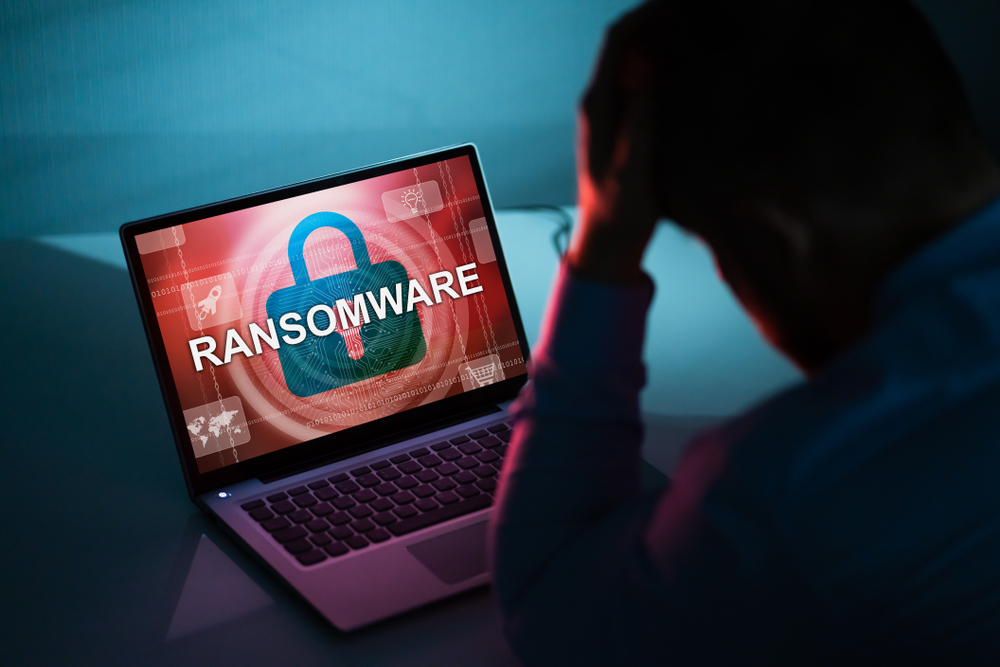At Storage Whale, one of the single most common and vital buzzwords in our day-to-day operations is security. Our cloud storage and backup services are respected and utilized by numerous individuals and businesses for a few major reasons, and one of these is our ability to keep your data stored in safe, secure ways that allow you easy access while keeping all potential intruders out.
There are a number of different threat types our encryption and security systems work to protect against, and one of these that’s become a significant risk in the data security world is known as ransomware. What is ransomware, what are the kinds of common targets that are often at-risk from ransomware attacks, and how can businesses and individuals take steps to guard against ransomware risks to any part of an online network or storage setup? Here are some important basics to be aware of.
Ransomware Definition and Basics
Firstly, for those who are unaware, let’s define ransomware attacks. Ransomware refers to a type of malicious software, or malware, that infects your computer. When it does so, it will display messages demanding that you pay a specific fee, often in Bitcoin or another untraceable form of currency, to regain access to your system and allow it to work again.
Ransomware, unfortunately, is a full class of criminal moneymaking that’s become more popular in recent years. It can be sent to a device through several formats, including emails, instant messages or links clicked from a separate website.
Attack Targets
Unfortunately, not only have ransomware attack numbers been increasing in recent years, some of their common targets have changed. In particular, entities like local town and city governments, healthcare clinics and other related municipal groups have been victims of large-scale ransomware attacks. Another major victim of these attacks has been hospitals, with hundreds of such institutions attacked by ransomware actors each year.
Despite this, and especially due to improving security measures against ransomware, the FBI and other government agencies urge victims of ransomware not to pay ransoms. Rather, there are several steps you can take to both prevent these attacks and detect them if they’re taking place, plus respond to them if one does happen to you or your business. We’ll go over these in our next several sections.
Prevention
The simplest way to be free of ransomware risks is to take specific, proactive steps toward preventing them from taking place in the first place. Whether you’re an individual or more commonly a business, taking these simple measures is a must in the year 2021 given the threats that are out there – and we’ll work with you for several of these themes.
Before we get into some more detailed specifics, one broad area here for business owners or managers to train employees on specifically: Basic data safety while operating within company networks, cloud storage areas and related locations. For instance, employees should know never to click a link from an unknown website while on a company network, as this is one of the tactics ransomware creators try to use to get their software into a given device or network. Employees should also receive basic training on themes like email security, instant messaging security and the other common sources of ransomware, malware and other threats.
In addition, working with pros like ours to form a comprehensive data backup and threat prevention strategy is vital. Data recovery planning, which dovetails with overall disaster recovery planning in several ways, ensures you’re protected and ransomware criminals do not hold leverage if they attack you. Some of the areas to consider here, both for preventing ransomware and for protecting yourself if it does happen, include:
- Firewalls: Put in place to block malicious software threats, these should be updated regularly.
- Multi-factor authentication (MFA): Electronic authentication requiring two or more pieces of evidence.
- DNS security
- Email and spam filtering
- Security awareness training, much like the themes we mentioned in our previous paragraph
Detection
While cybersecurity methods are always evolving to protect against the latest threats, ransomware and malware attempts are doing the same. This is why, even if you have robust prevention techniques in place, you also need strong monitoring and detection capabilities for your company. This is especially important because of how often some ransomware invaders will infiltrate the system quietly, then lay dormant for a period of time before attacking at the most damaging moment – but proper detection methods will identify them before this can happen.
Detection tools used include themes like endpoint detection, identity access management and SIEM/SOC solutions. Inquire with our team about which of these might be best for your needs, or some combination therein.
Response
And finally, while the above steps will go a long way toward preventing any kind of ransomware attack, they may still be possible. In such an event, the single most important factor is having strong, well-tested backups in place that allow you to resume normal operations quickly without a long downtime after the attack – these are areas our team will assist you with in several ways.
In addition, any ransomware attack should be treated as a way to learn from a mistake. It’s vital to obtain digital forensics and incident response documents, which will help you pinpoint future threats and employ better security protocols against them.
For more on how to protect against ransomware threats for your business or personal data, or to learn about any of our data backup and recovery services, speak to the staff at Storage Whale today.


